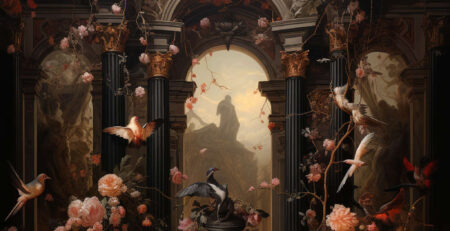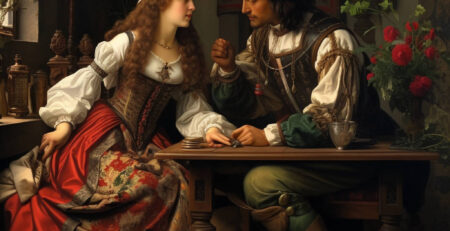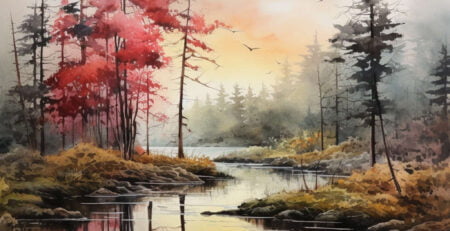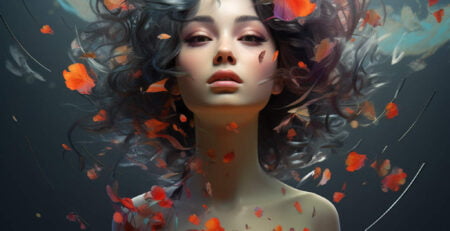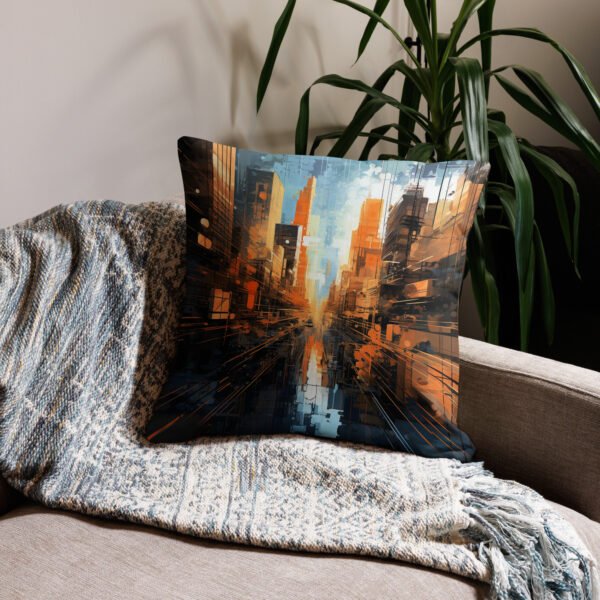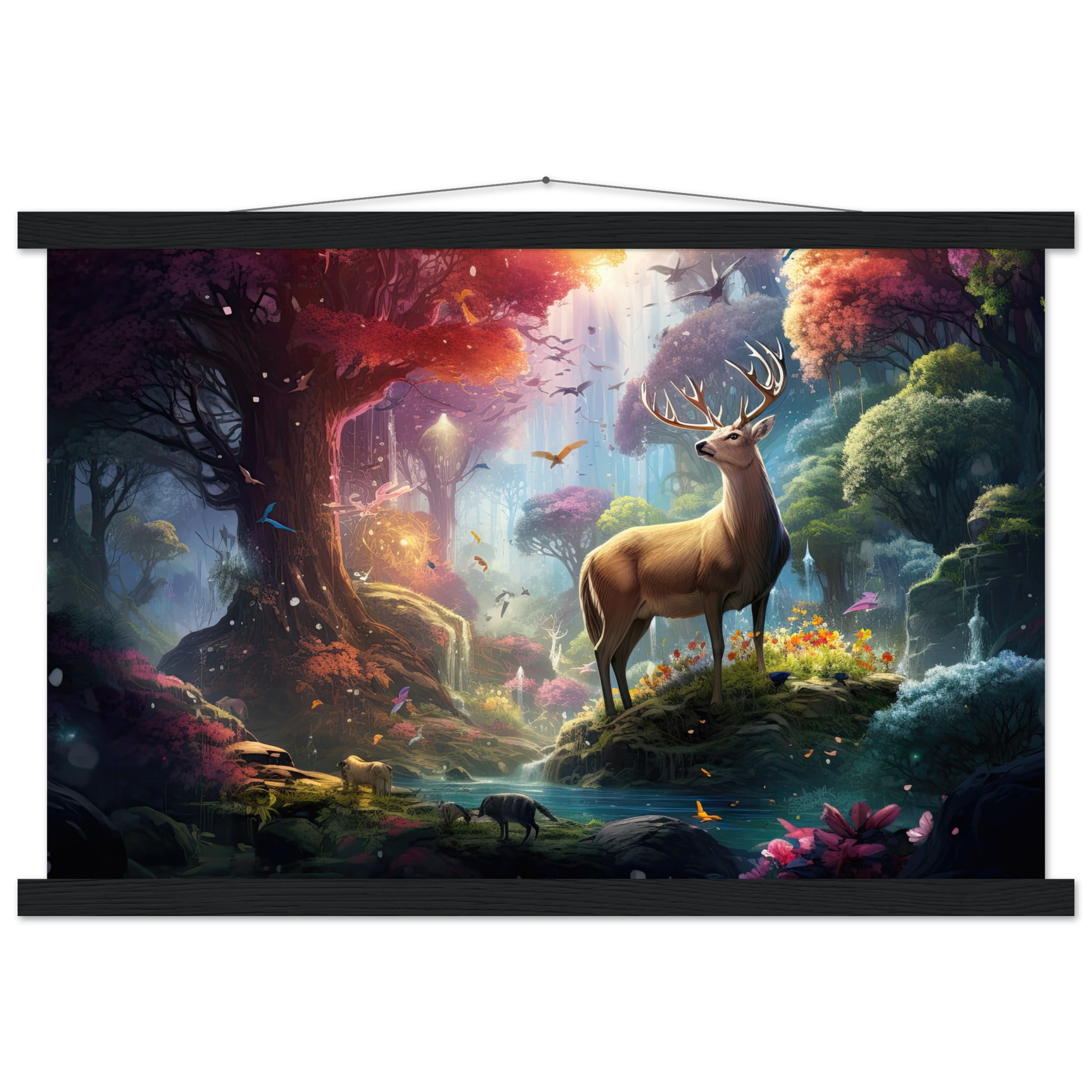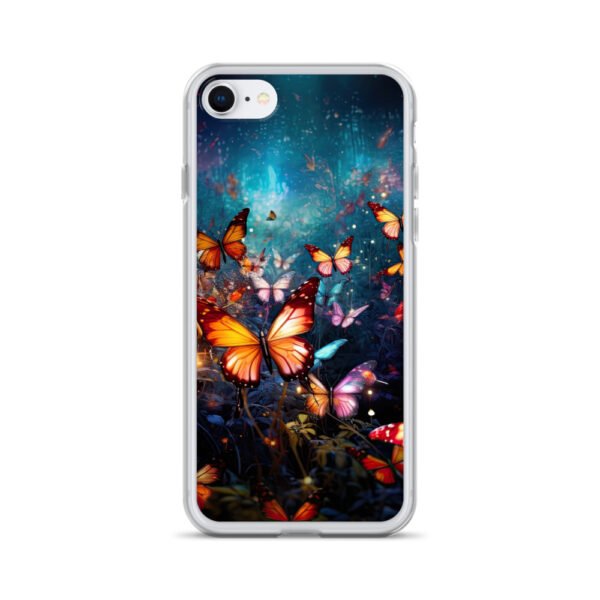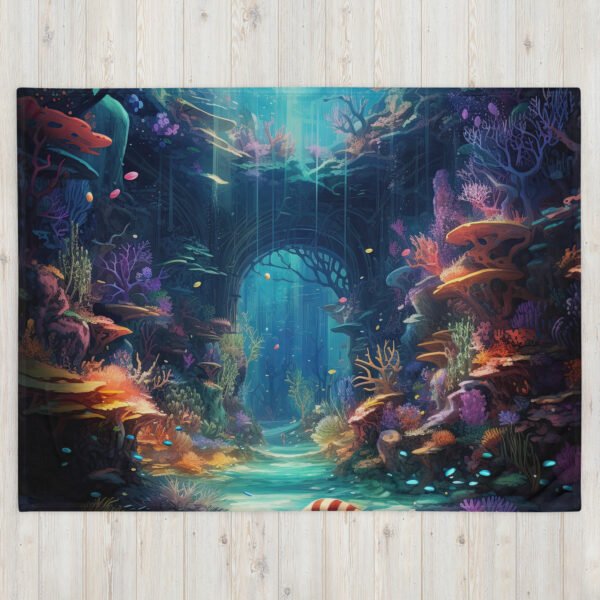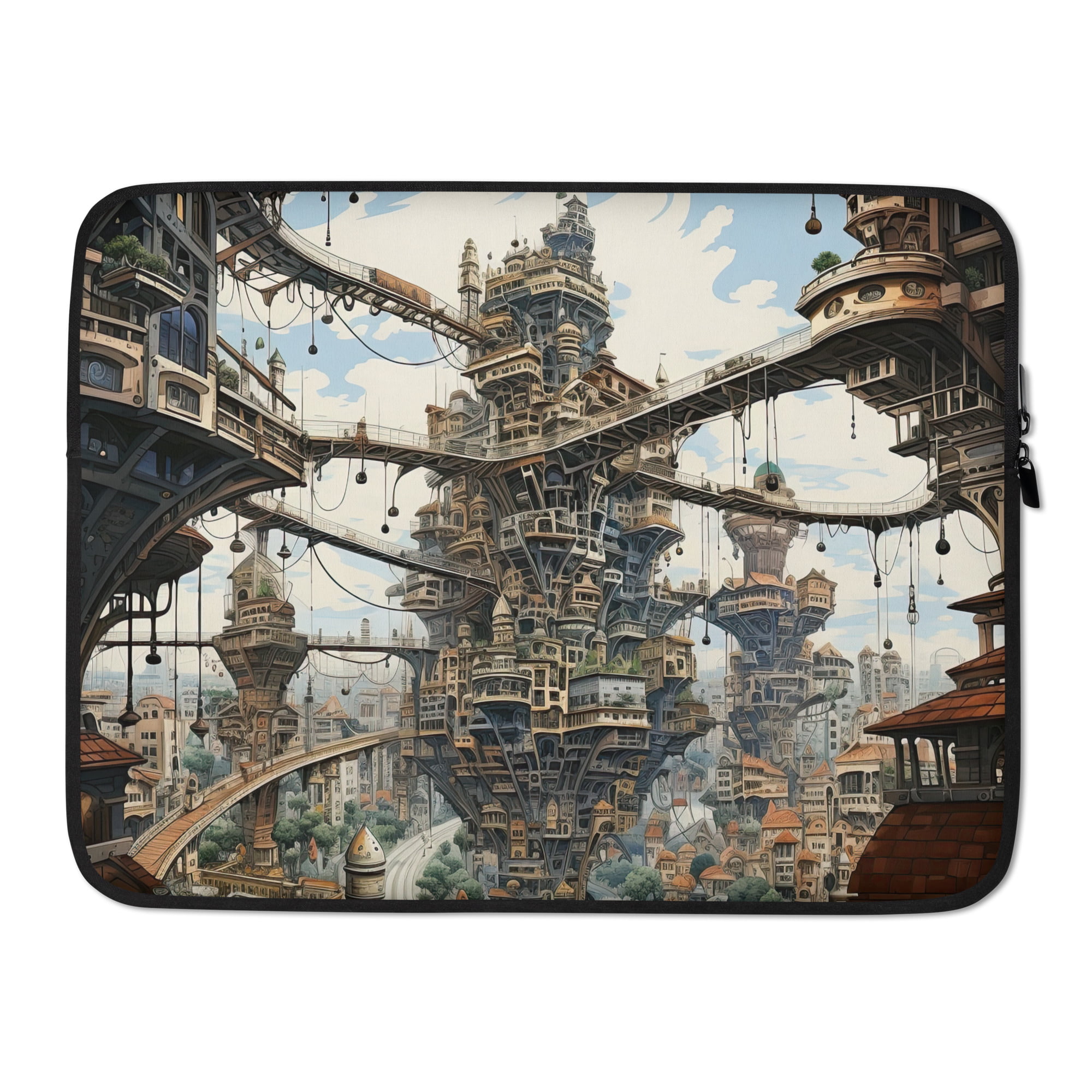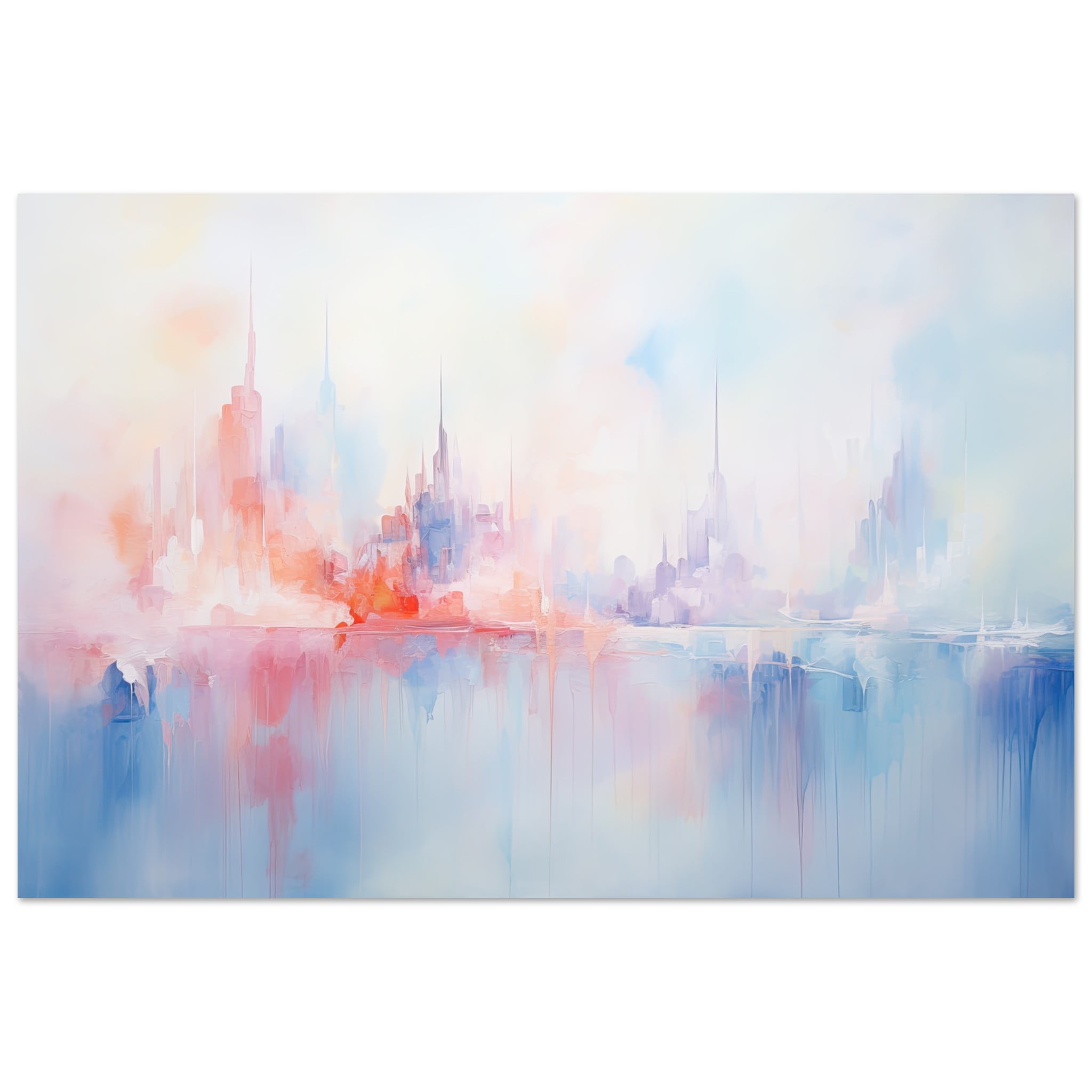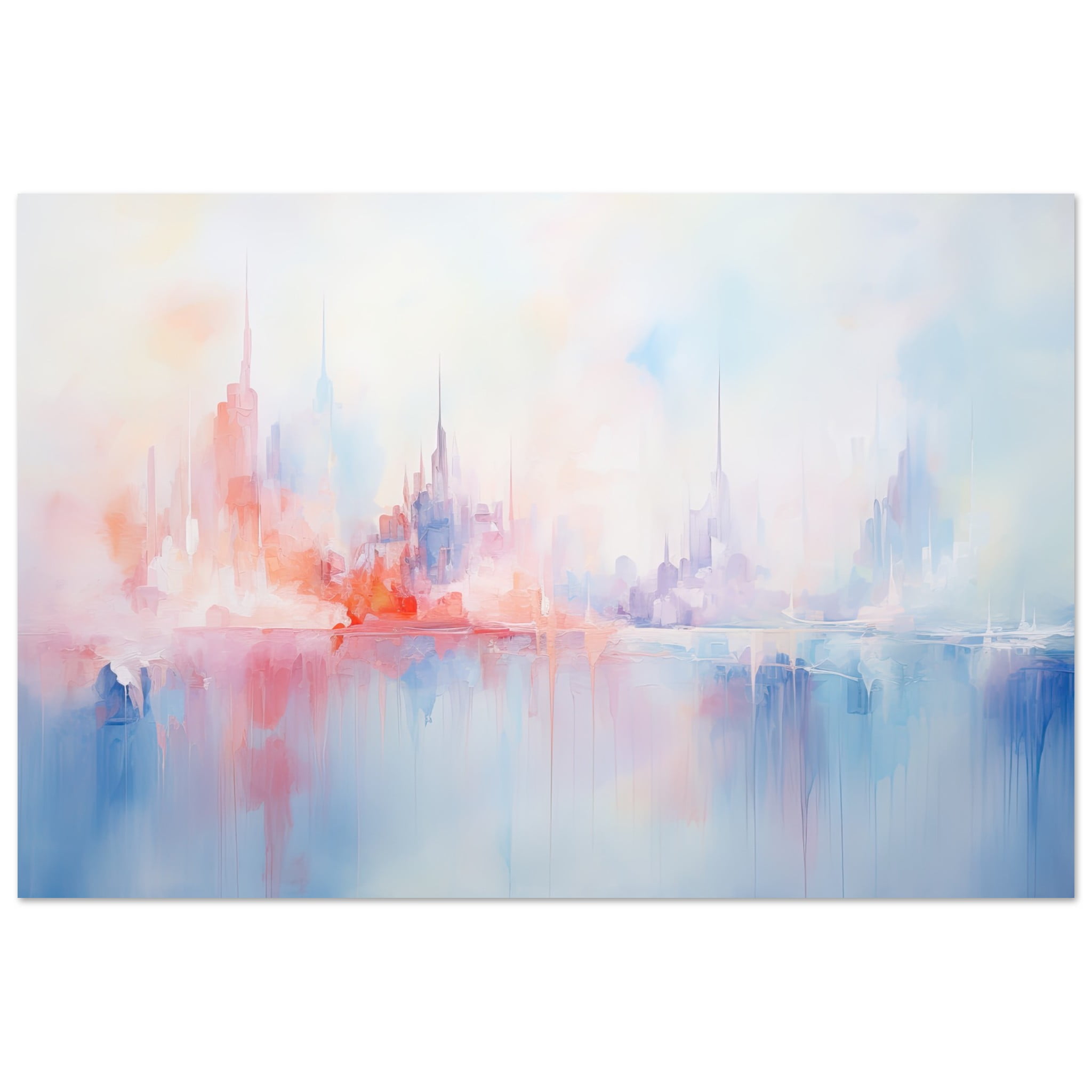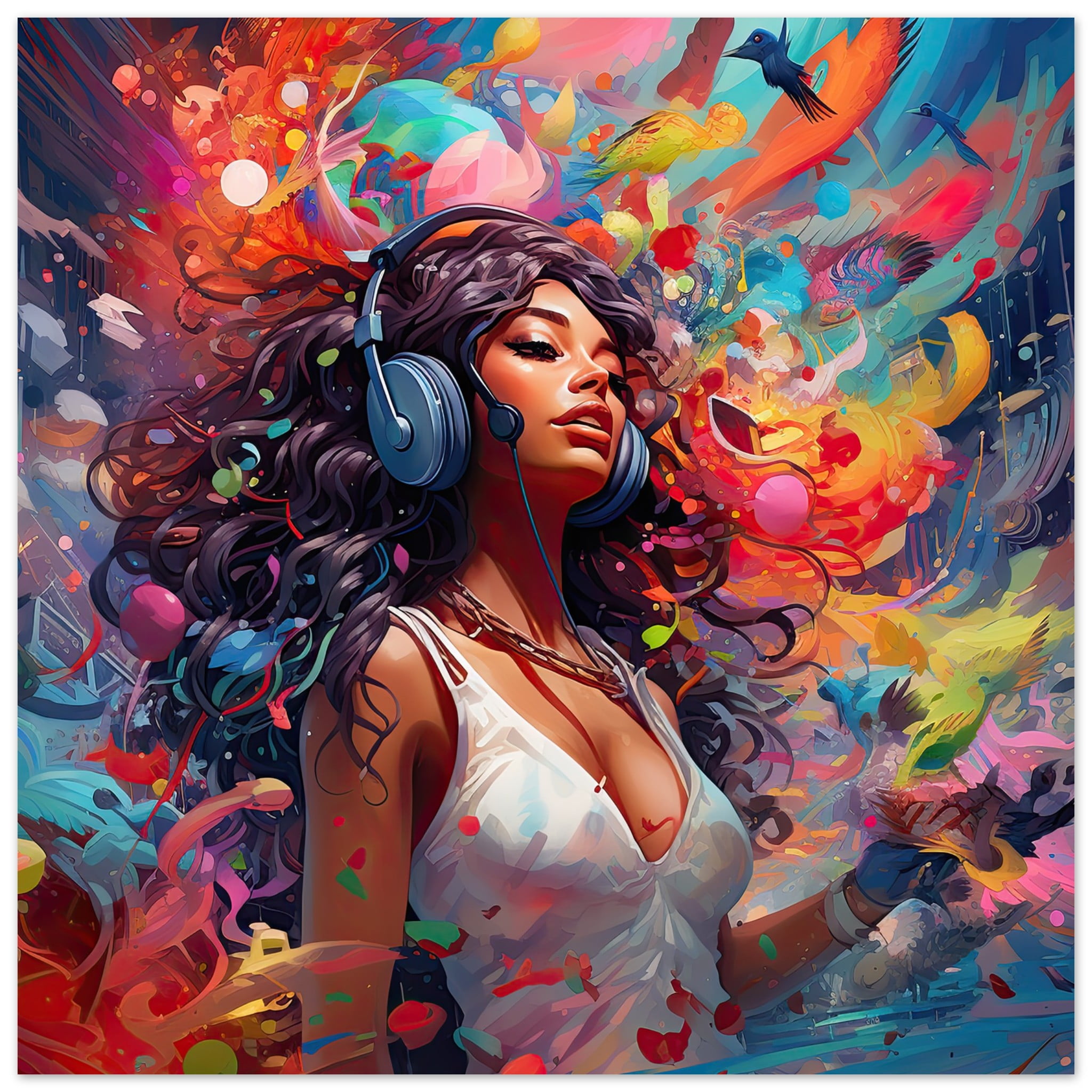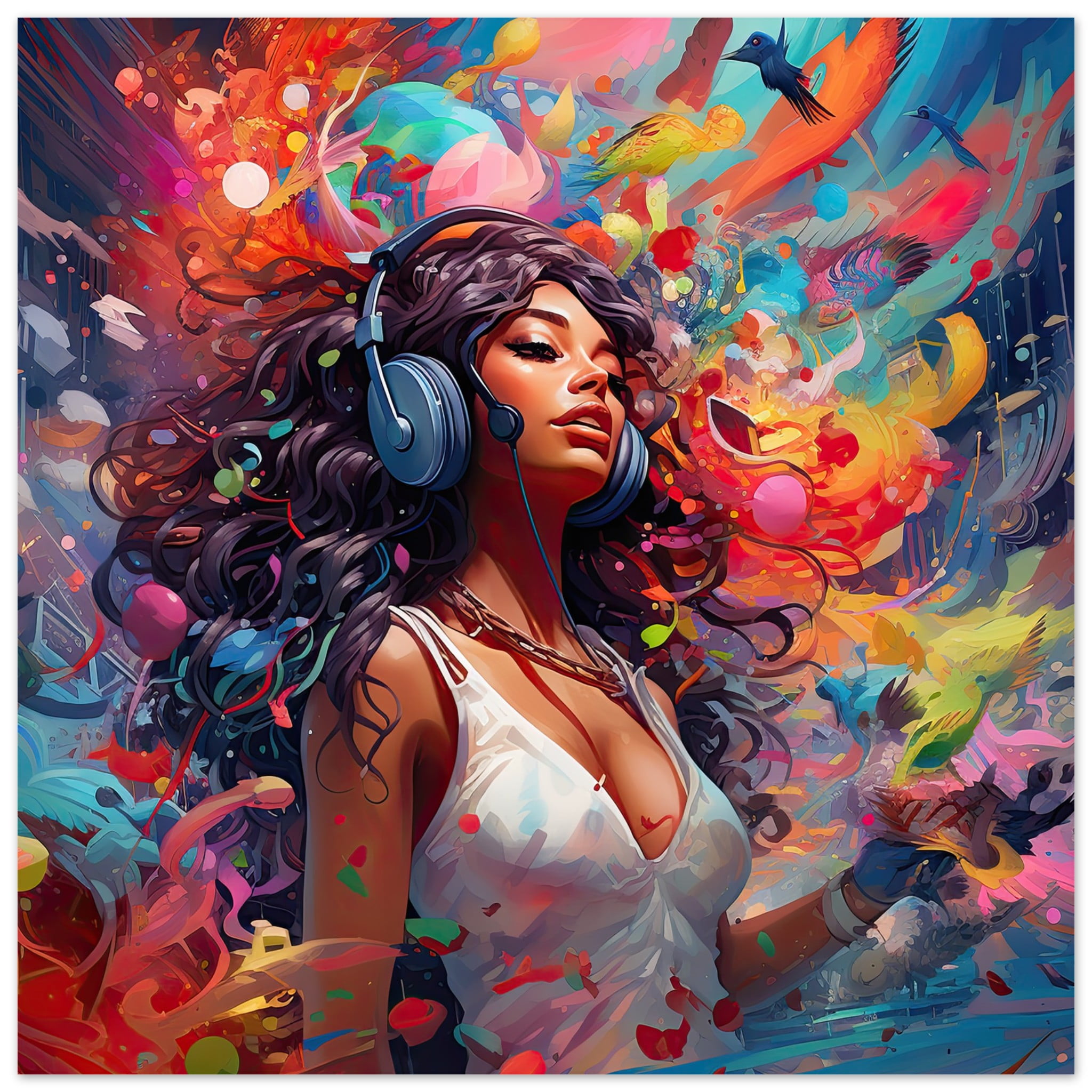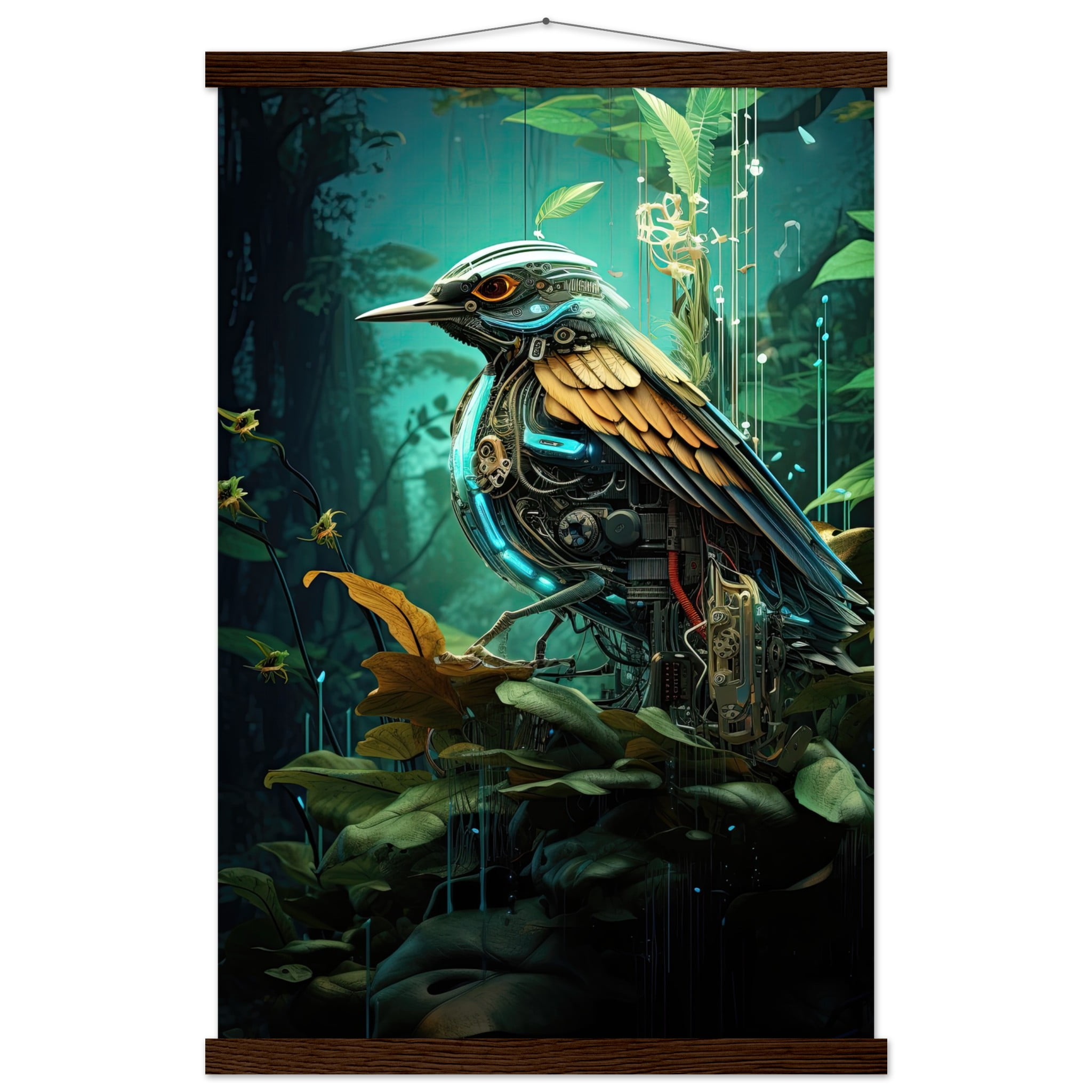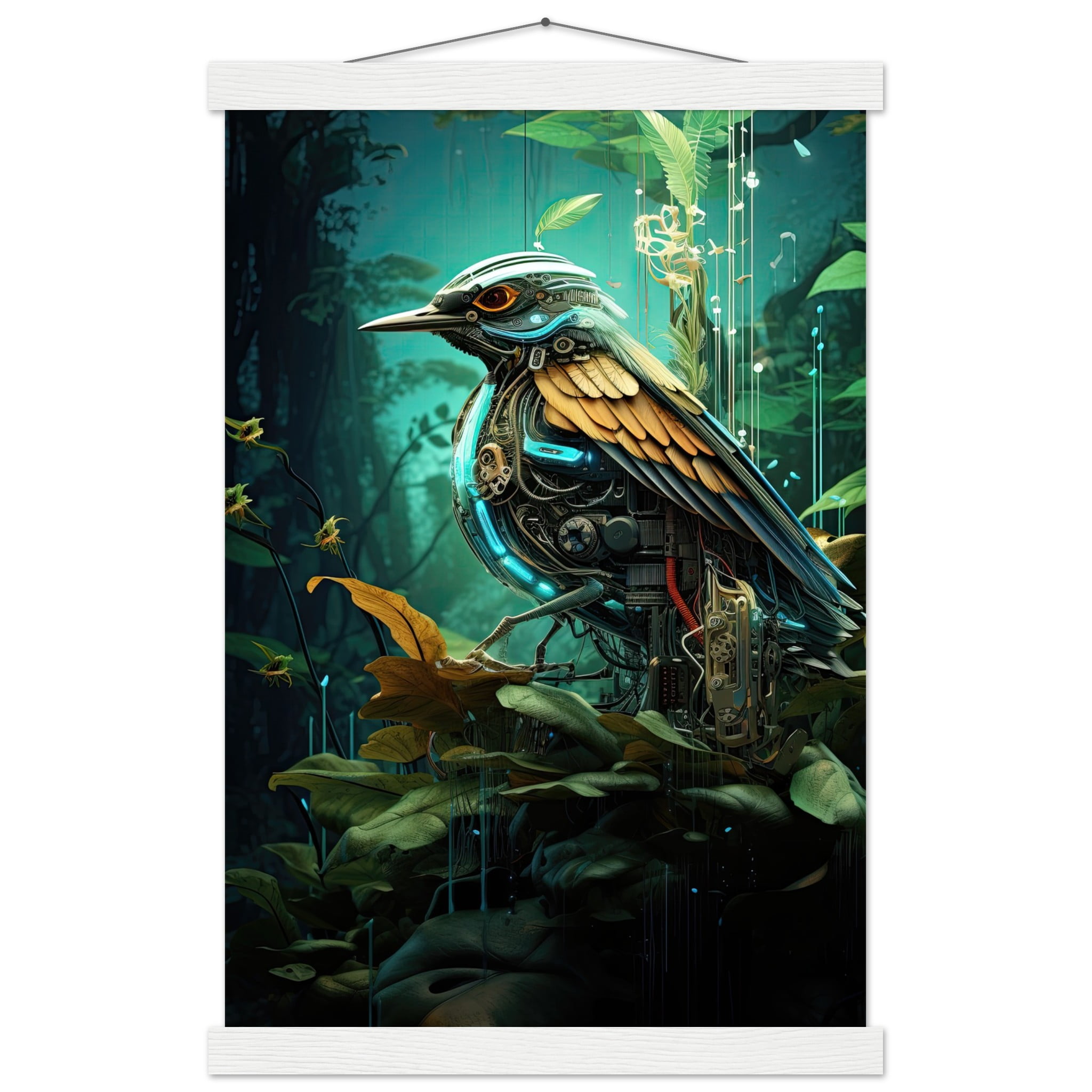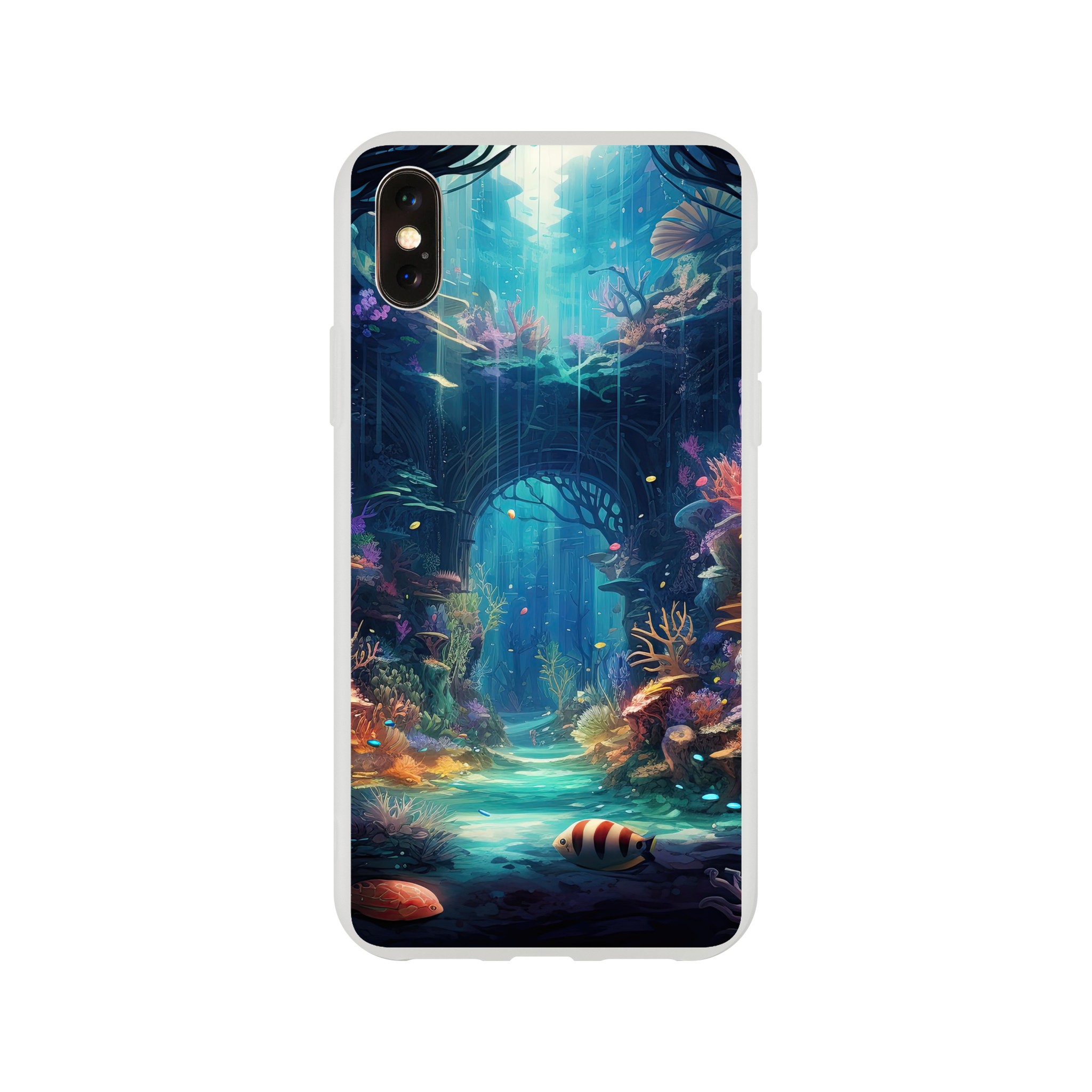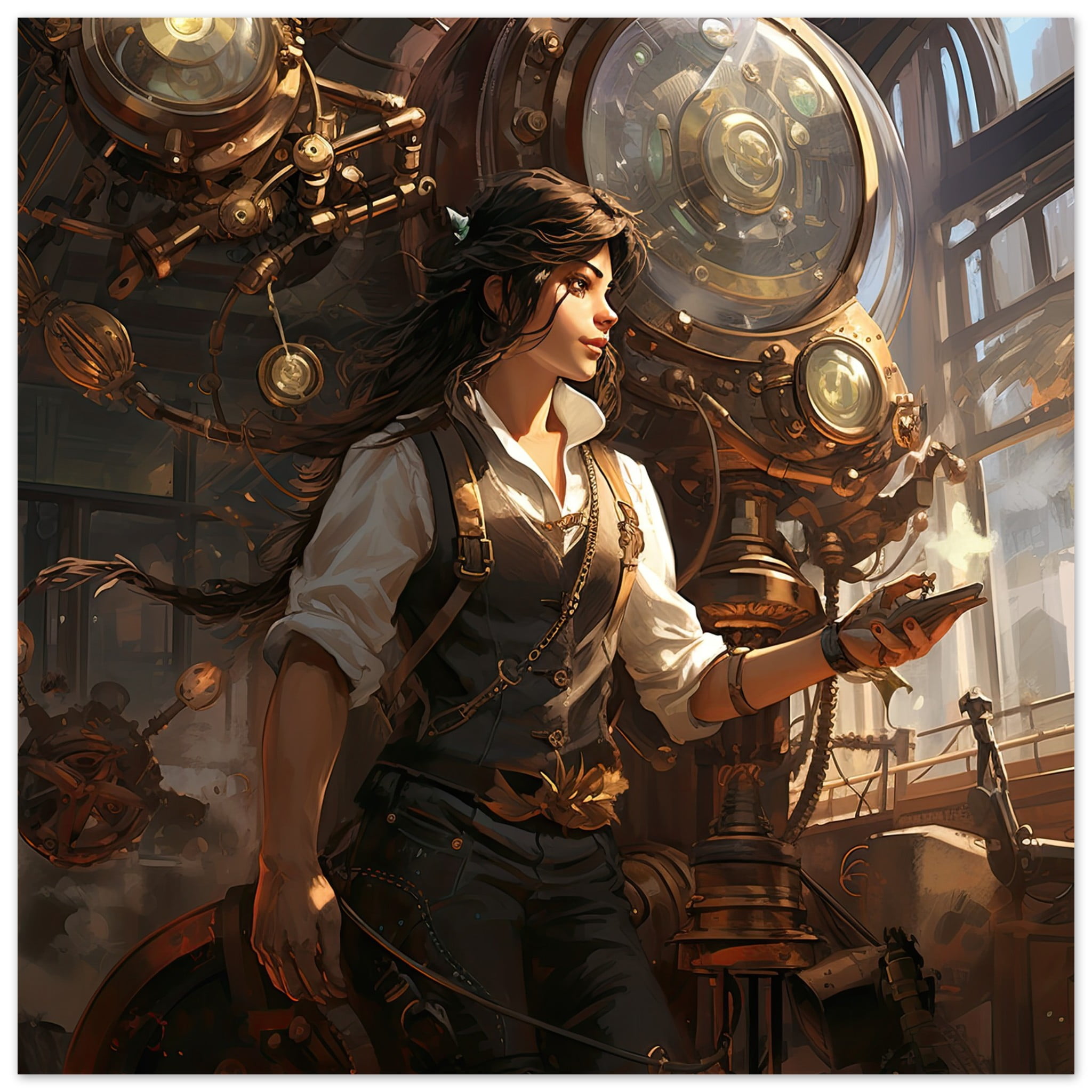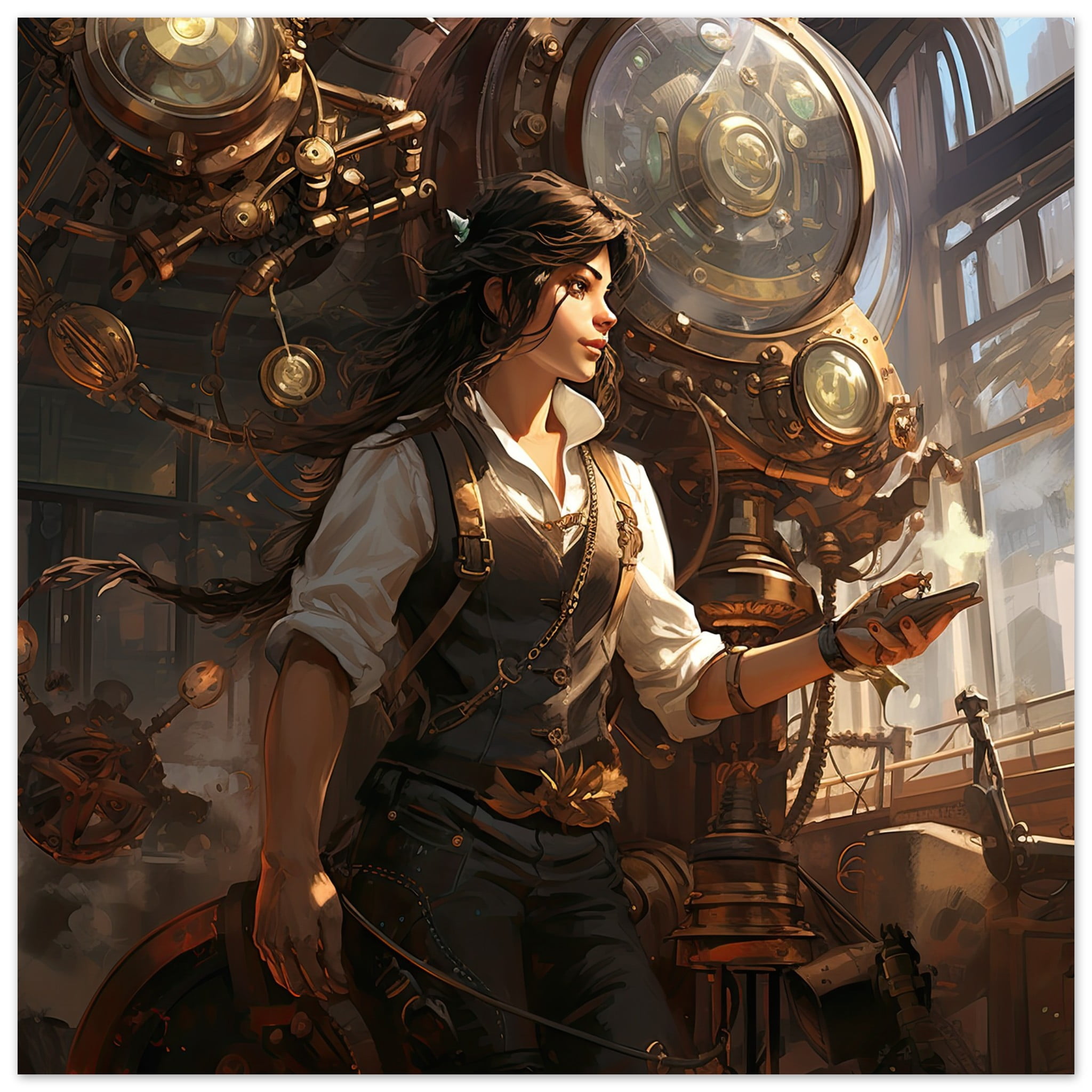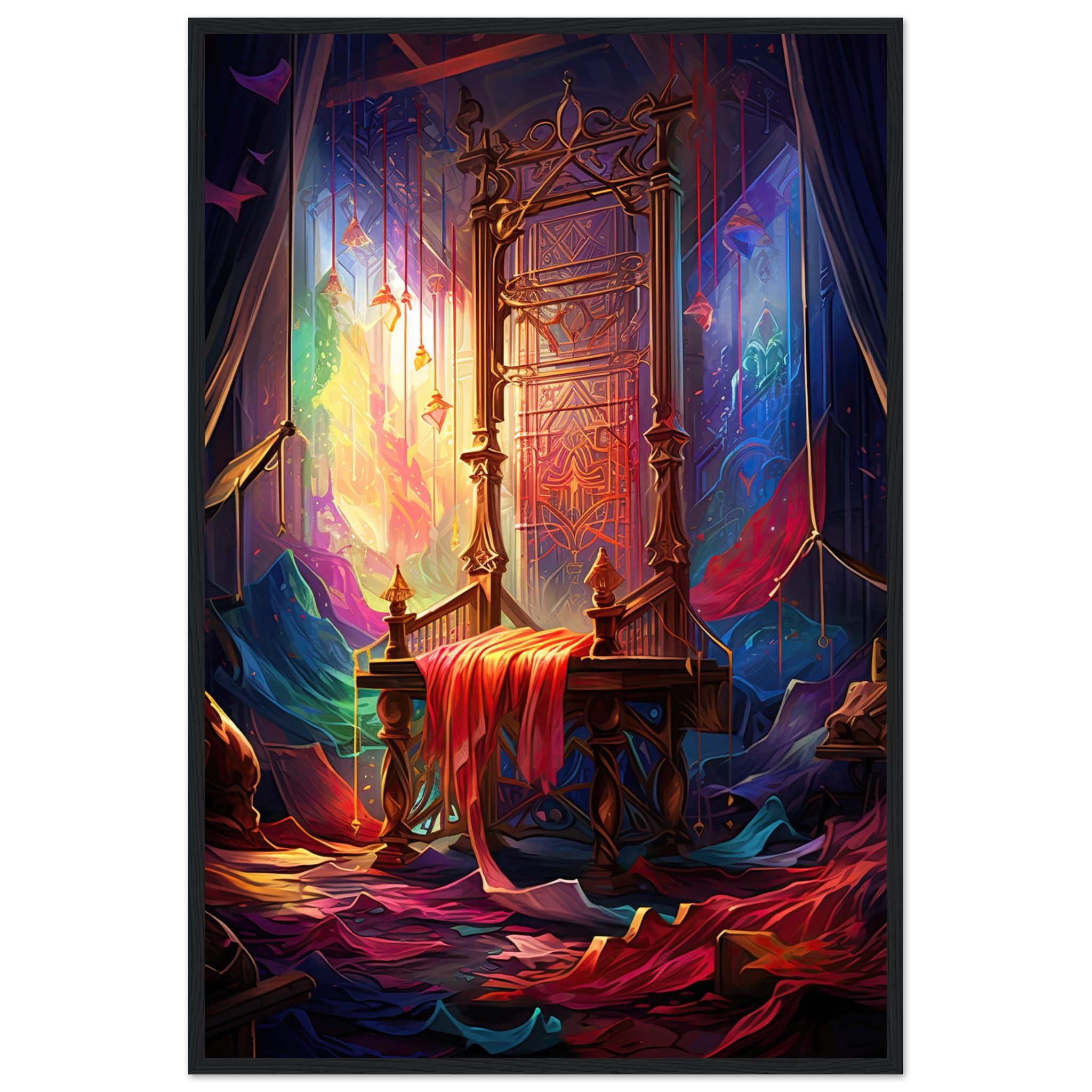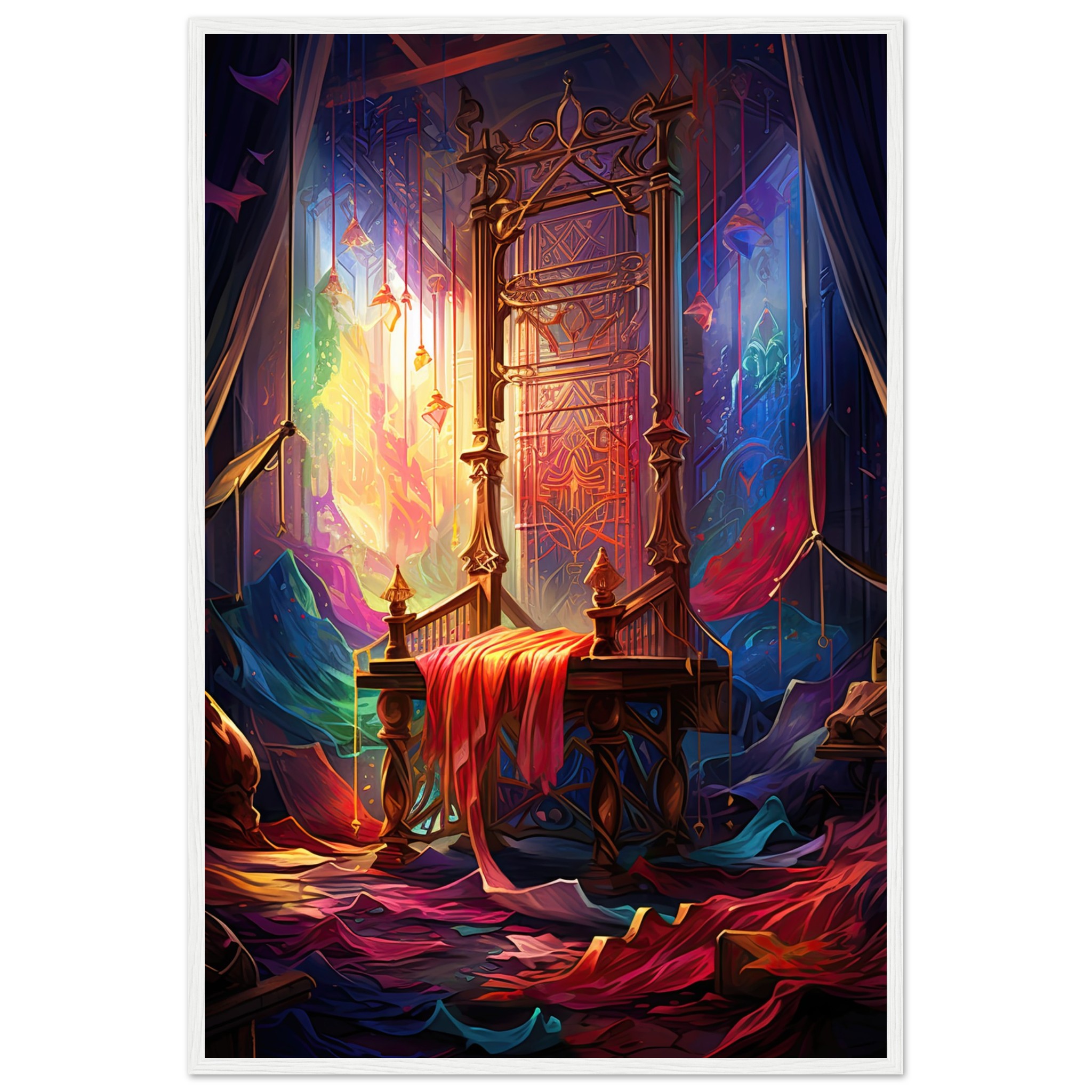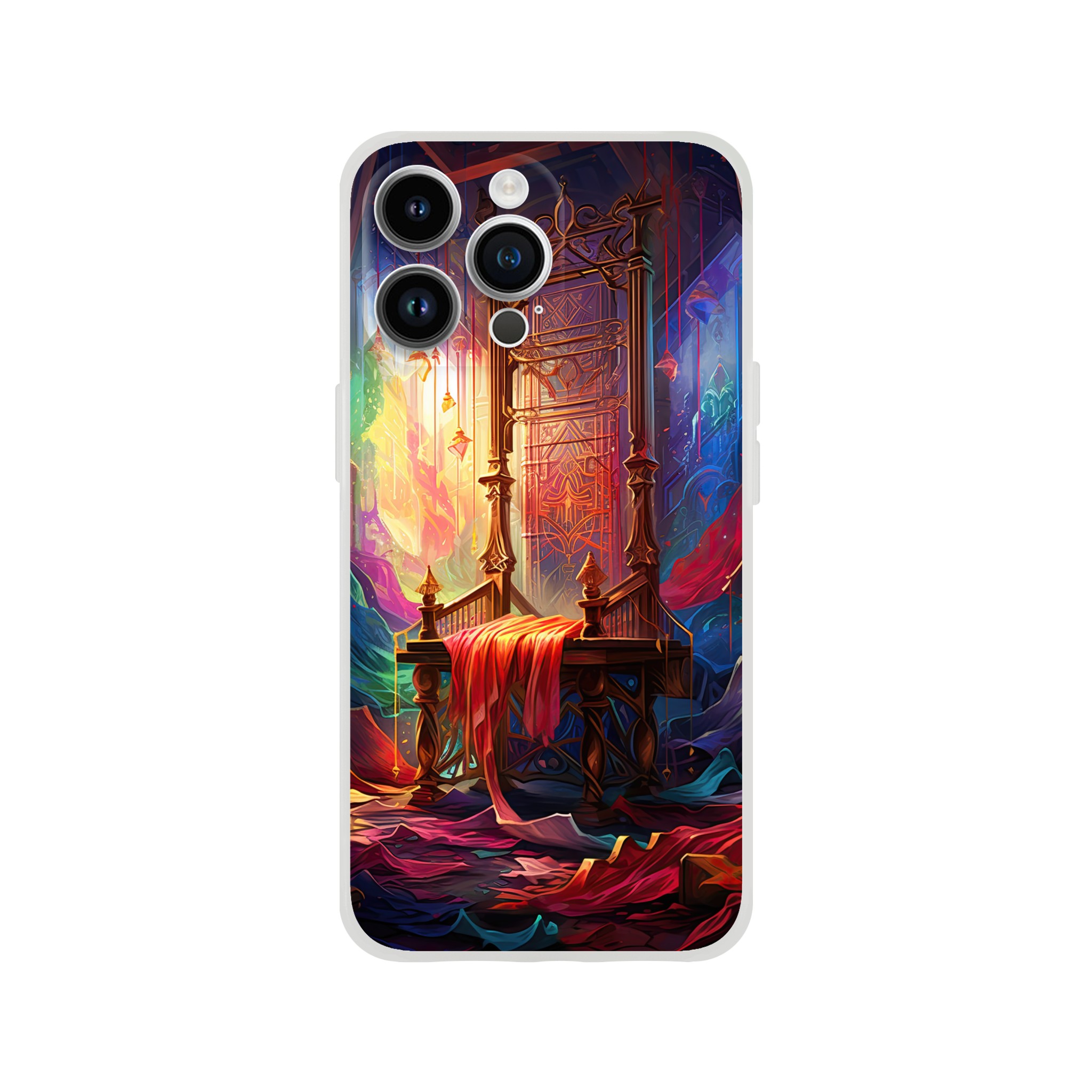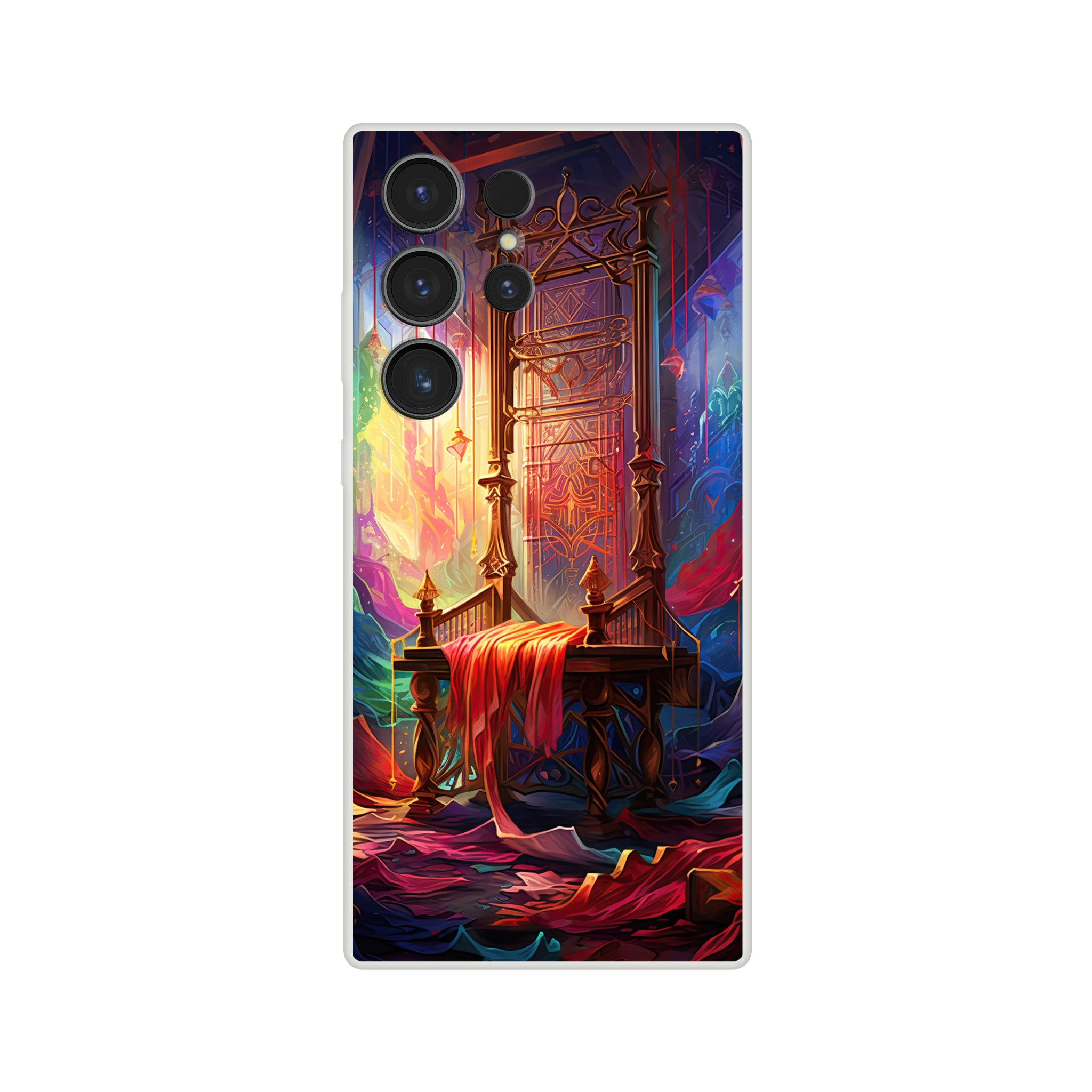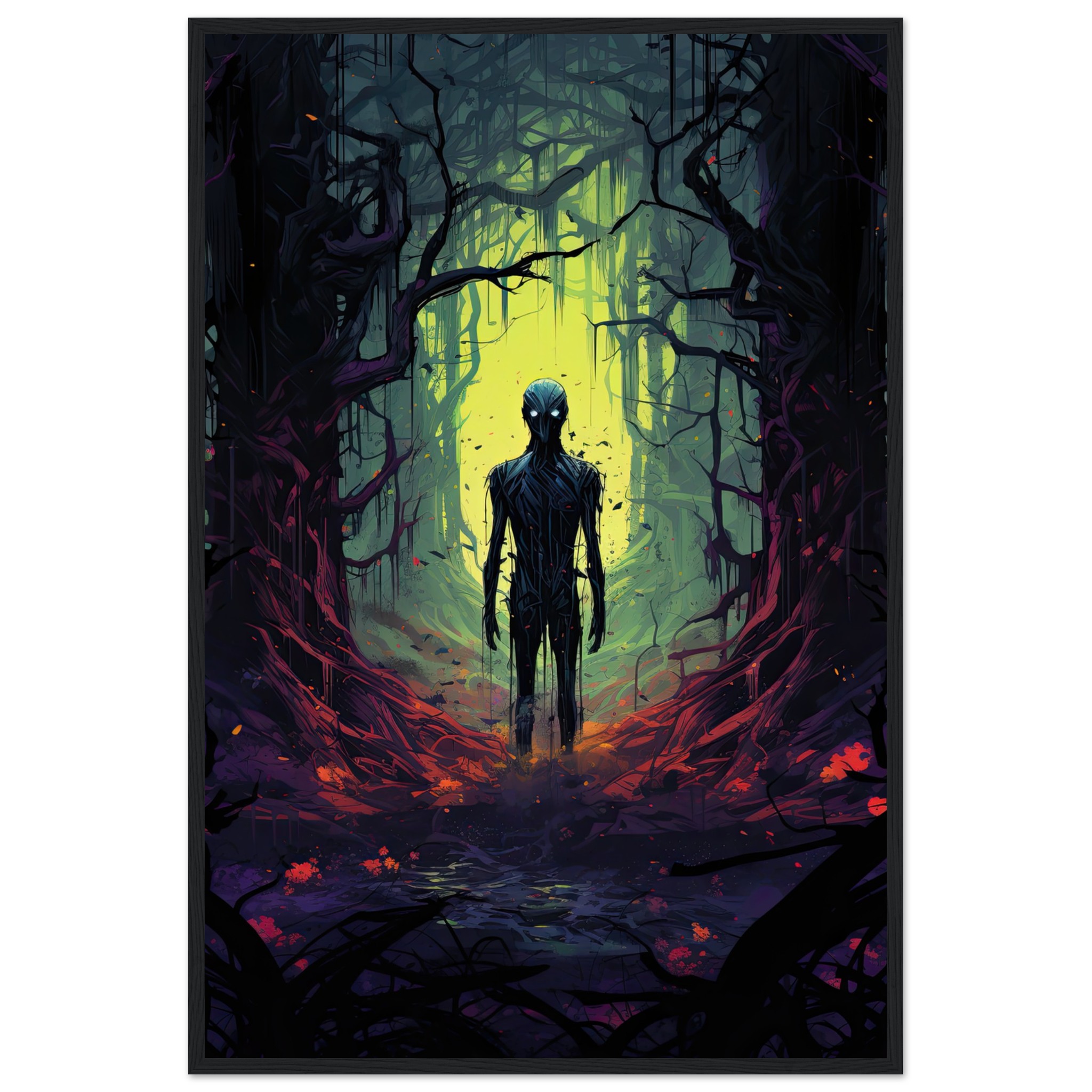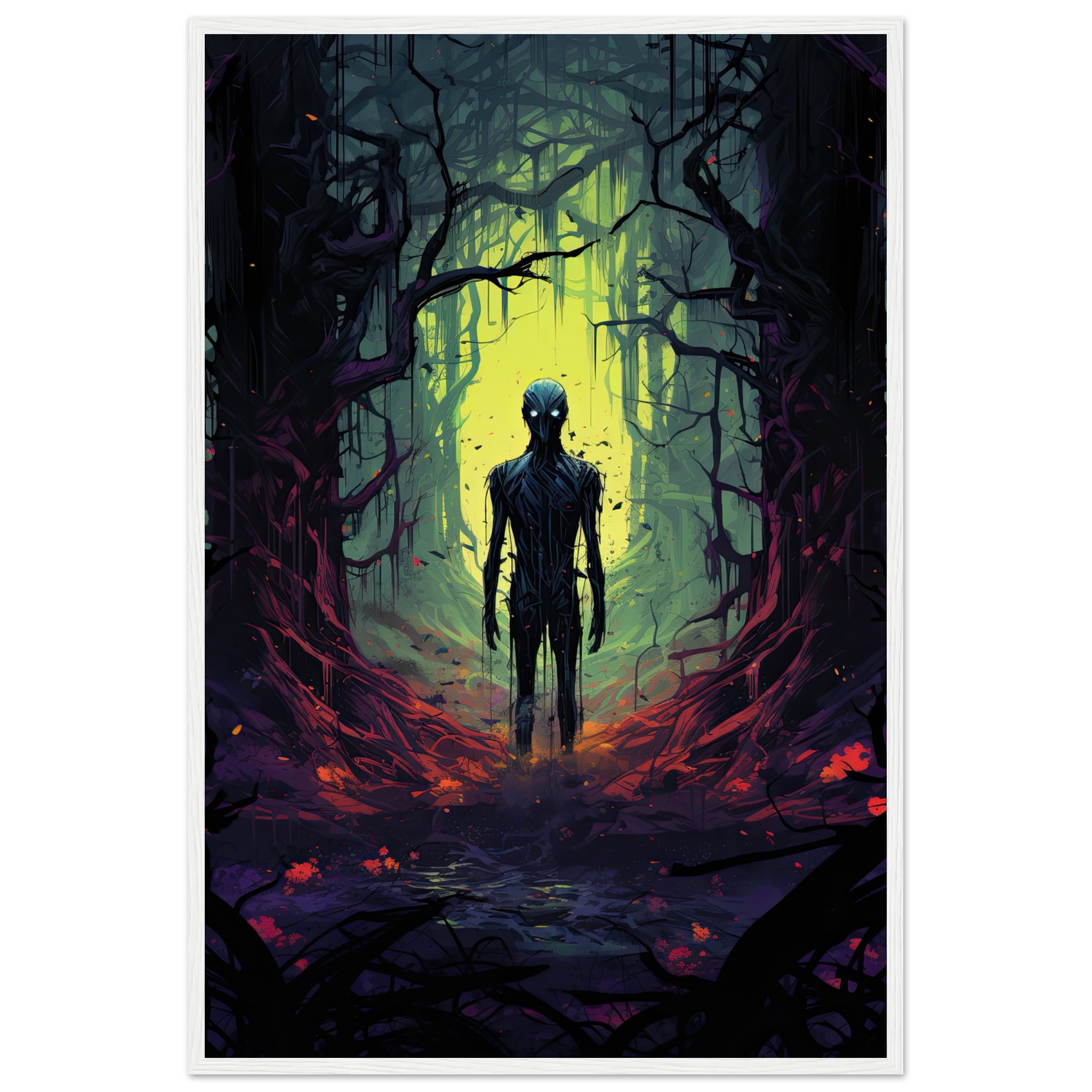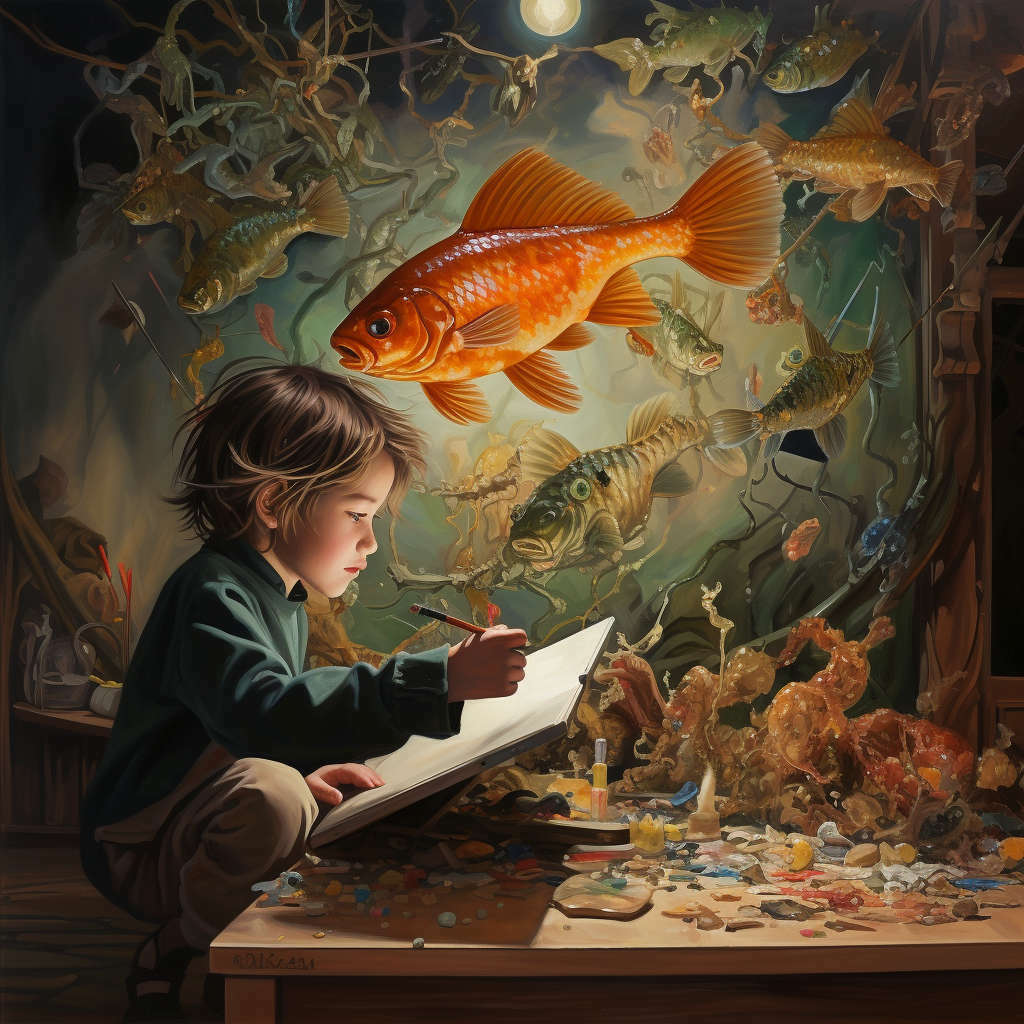
27
Jul
The Magic Of Oil Painting: A Journey Through History And Techniques
Oil painting, a renowned and enduring art form, has been captivating artists and art lovers for centuries with its rich colors, depth, and versatility. From the masterpieces of the Renaissance to modern-day works, oil painting has evolved into a timeless medium that allows artists to express their creativity and emotions with breathtaking results. In this article, we will embark on a journey through the captivating world of oil painting, exploring its history, techniques, and the artistic prowess it brings to life on canvas.
A Brief History of Oil Painting
Oil painting’s origins can be traced back to the early civilizations, where artists mixed pigments with oils to create durable and vibrant artwork. However, it was during the Northern Renaissance in the 15th century that oil painting gained prominence, thanks to artists like Jan van Eyck who perfected the use of oil as a medium. The technique quickly spread throughout Europe, giving rise to iconic masterpieces by artists such as Leonardo da Vinci, Rembrandt van Rijn, and Vincent van Gogh.
The emergence of oil painting marked a significant departure from traditional fresco and tempera techniques, offering artists greater flexibility in blending colors, achieving fine details, and capturing the interplay of light and shadow. As the years passed, oil painting continued to evolve, leading to various movements and styles, from the realistic and dramatic chiaroscuro of the Baroque era to the impressionistic brushwork of the 19th-century.
Techniques and Materials
Oil painting’s enduring allure lies in its versatility, allowing artists to create diverse styles and textures. The mastery of various techniques and the choice of materials play a pivotal role in shaping the final artwork:
- Underpainting: Artists often begin with an underpainting, a foundational layer of paint that establishes the composition and values. This stage can be executed in monochrome or limited color palettes.
- Glazing: Glazing involves layering transparent colors over dried layers of paint, creating luminosity and depth. This technique is ideal for achieving rich, jewel-like tones.
- Impasto: By applying thick and textured paint, artists create impasto effects that add tactile dimension to their work. This technique is commonly associated with artists like Vincent van Gogh.
- Scumbling: Scumbling entails lightly dragging a nearly dry brush across a surface, creating a semi-transparent, hazy effect. It is often used to evoke a sense of atmosphere or softness.
- Alla Prima: Also known as direct painting, this technique involves completing a painting in one session, capturing the freshness and spontaneity of the moment.
- Sgraffito: Artists can scratch into partially dried paint layers to reveal the underlying colors, adding a captivating element of texture and detail.
The choice of materials, including paints, brushes, and surfaces, significantly impacts the painting’s outcome. High-quality oil paints, available in tubes or as pigments, offer a wide spectrum of colors and consistencies. Various brushes, palette knives, and other tools allow artists to experiment with different textures and styles. Stretched canvases and wooden panels are popular surfaces for oil painting, each offering distinct qualities that influence the final artwork.
The Beauty of Blending and Layering
One of oil painting’s most enchanting attributes is its capacity for blending and layering colors. The slow-drying nature of oil paints allows artists to work with the medium over extended periods, achieving seamless transitions and soft gradations. Through the careful layering of colors, artists can create depth and luminosity that bring their compositions to life.
Oil painting’s ability to blend colors seamlessly lends itself particularly well to realistic depictions and lifelike portraiture. Artists can portray the subtle nuances of skin tones, the play of light on a landscape, or the intricate details of still-life subjects with remarkable precision and beauty.
The Magic of Texture and Depth
Oil painting’s inherent capacity for impasto and texture enables artists to create captivating surfaces that beg to be touched. The added dimension and tactile quality imbue the artwork with a sense of depth and dynamism, engaging the viewer on multiple levels. Whether it’s the swirling movement of Vincent van Gogh’s “Starry Night” or the delicate interplay of light on the surface of Vermeer’s “Girl with a Pearl Earring,” oil painting excels in bringing texture and depth to life on the canvas.
Capturing Emotion and Expression
Beyond its technical prowess, oil painting offers artists a medium for expressing emotions and stories. The rich and vivid colors, the interplay of light and shadow, and the potential for nuanced expressions allow artists to communicate deeply with their audience. Each brushstroke becomes a conduit for the artist’s feelings and vision, resulting in paintings that resonate with viewers and evoke a myriad of emotions.
Oil painting stands as a testament to the timeless allure of art, capturing the beauty and essence of life on canvas. From the rich historical masterpieces to the contemporary works of today, oil painting continues to enchant and inspire artists and art lovers worldwide. With its mastery of techniques, blending of colors, and ability to convey emotion, oil painting remains a profound and enduring art form, destined to leave an indelible mark on the world of creativity for generations to come. So, immerse yourself in the captivating world of oil painting, where every stroke is a symphony, and every canvas a masterpiece of beauty and expression.


